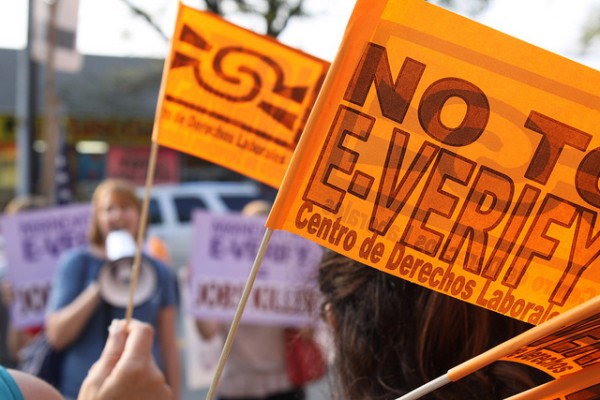
Controversies about “identity theft” are at the center of U.S. immigration enforcement. During a 2008 federal immigration raid at a Kosher meatpacking plant in Postville, Iowa, for example, authorities arrested 389 undocumented immigrants for “aggravated identity theft” – claiming that they had knowingly and intentionally used the identities of others without their consent. In Arizona, meanwhile, state authorities expanded the definition of “identity theft” to include the use of fake documents to obtain employment. Since that happened in 2008, the Maricopa County Sheriffs’ Office has arrested more than 700 undocumented workers on such charges.
Although identity theft is widely decried, the majority of undocumented immigrant farmworkers say they actually obtain work authorization documents through loans – that is, through voluntary arrangements to obtain work documents. My findings on this topic come from interviews I conducted with 57 immigrant farm workers and six labor supervisors. In response to my queries about how undocumented immigrants get the documents they need for employment, and with what effects on their work conditions, many workers explained that direct supervisors often initiate loans of identity documents. The supervisors can profit personally even as they recruit workers for agricultural companies or contractors. more...

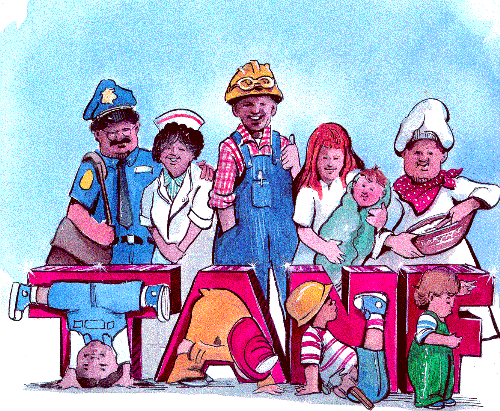
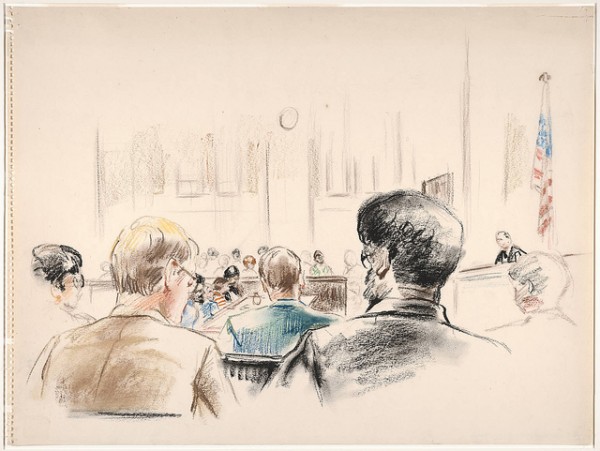
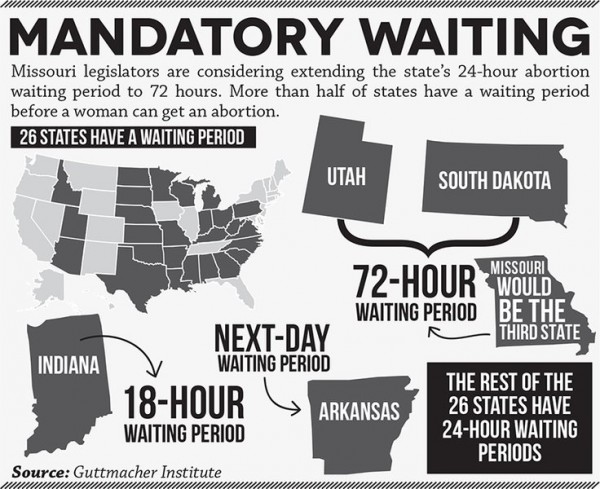
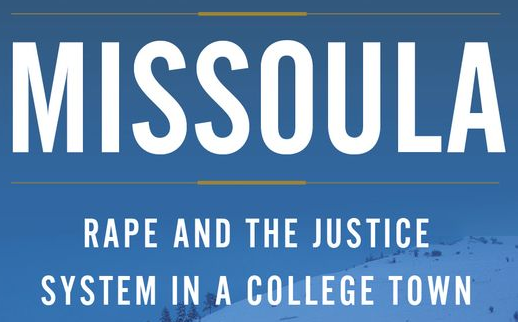
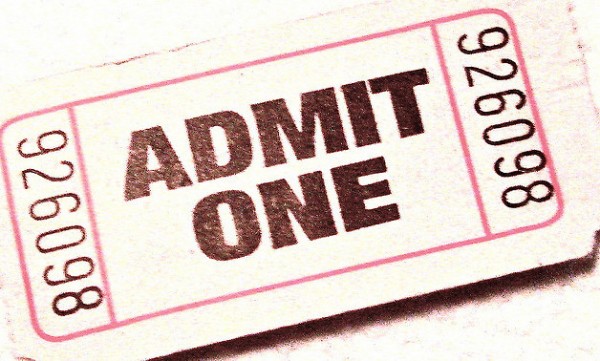
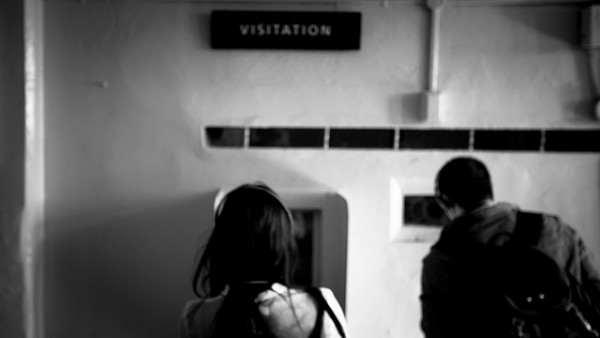
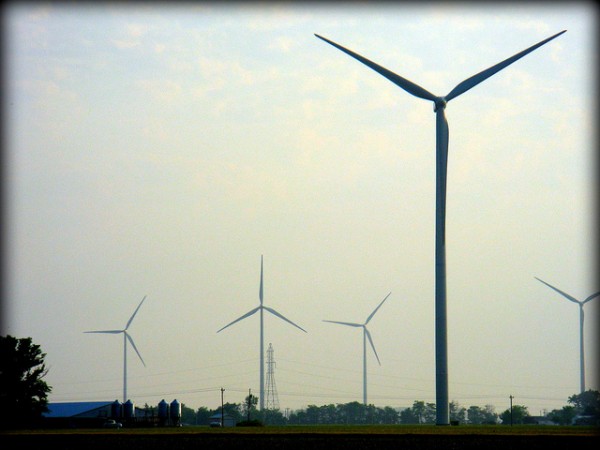
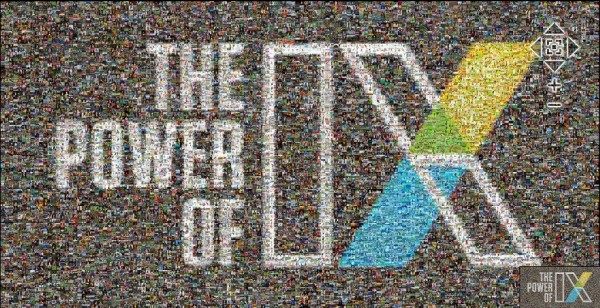
 Research to Improve Policy: The Scholars Strategy Network seeks to improve public policy and strengthen democracy by organizing scholars working in America's colleges and universities. SSN's founding director is Theda Skocpol, Victor S. Thomas Professor of Government and Sociology at Harvard University.
Research to Improve Policy: The Scholars Strategy Network seeks to improve public policy and strengthen democracy by organizing scholars working in America's colleges and universities. SSN's founding director is Theda Skocpol, Victor S. Thomas Professor of Government and Sociology at Harvard University.